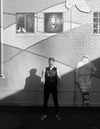Under the Skin
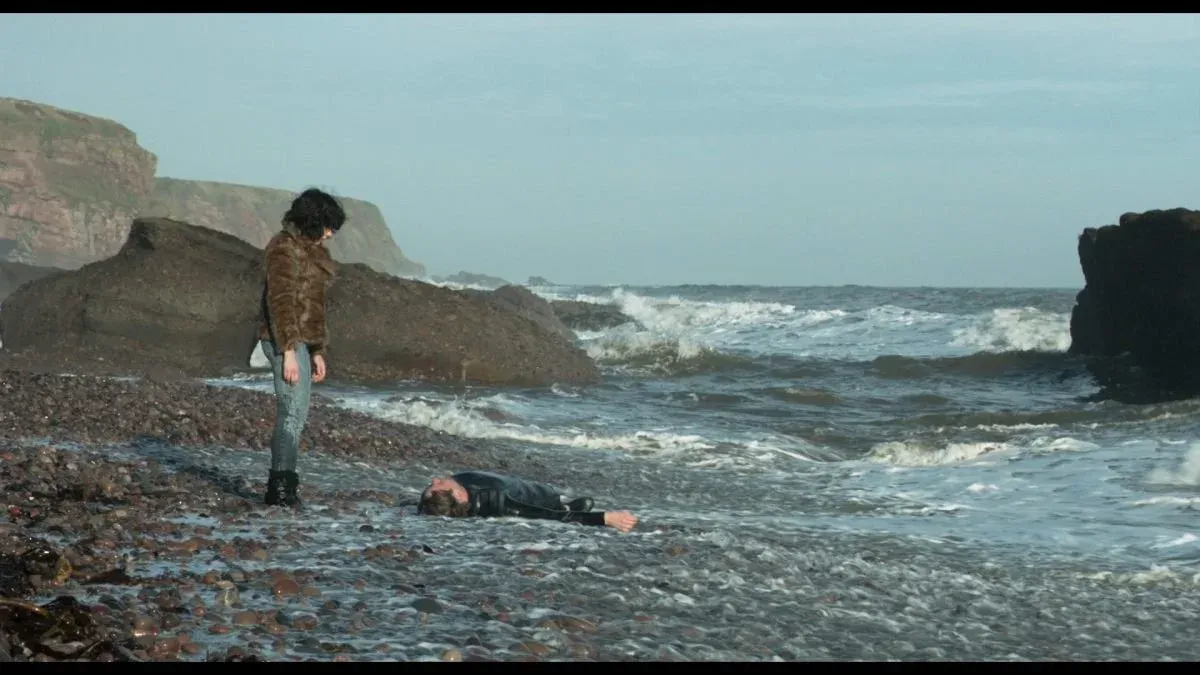
Every time I search for something on Google now they come back like I don't know man here are two or three things. I guess I could go look out back if you really want. It's like me working at the video store in the 90s.
Paul Rudd in Wet Hot American Summer cleaning up the lunch trays.
Today we have an excerpt from the forthcoming book Gore-Geous: Personal Essays on Beauty and Horror by Alexandra West which you can pre-order here. It's a fascinating and revealing blend of personal essay writing and film criticism that explores the concepts of beauty standards and gender norms in films like Cat People (1942), The Witches (1990), Carrie (1976), Black Swan (2010), Audition (1999), American Psycho (2000) and Ready or Not (2019) and others.
This excerpt concerns one of my favorite films ever Jonthan Glazer's Under the Skin. You can read it down below after a bunch of my horse shit or jump directly to it here.
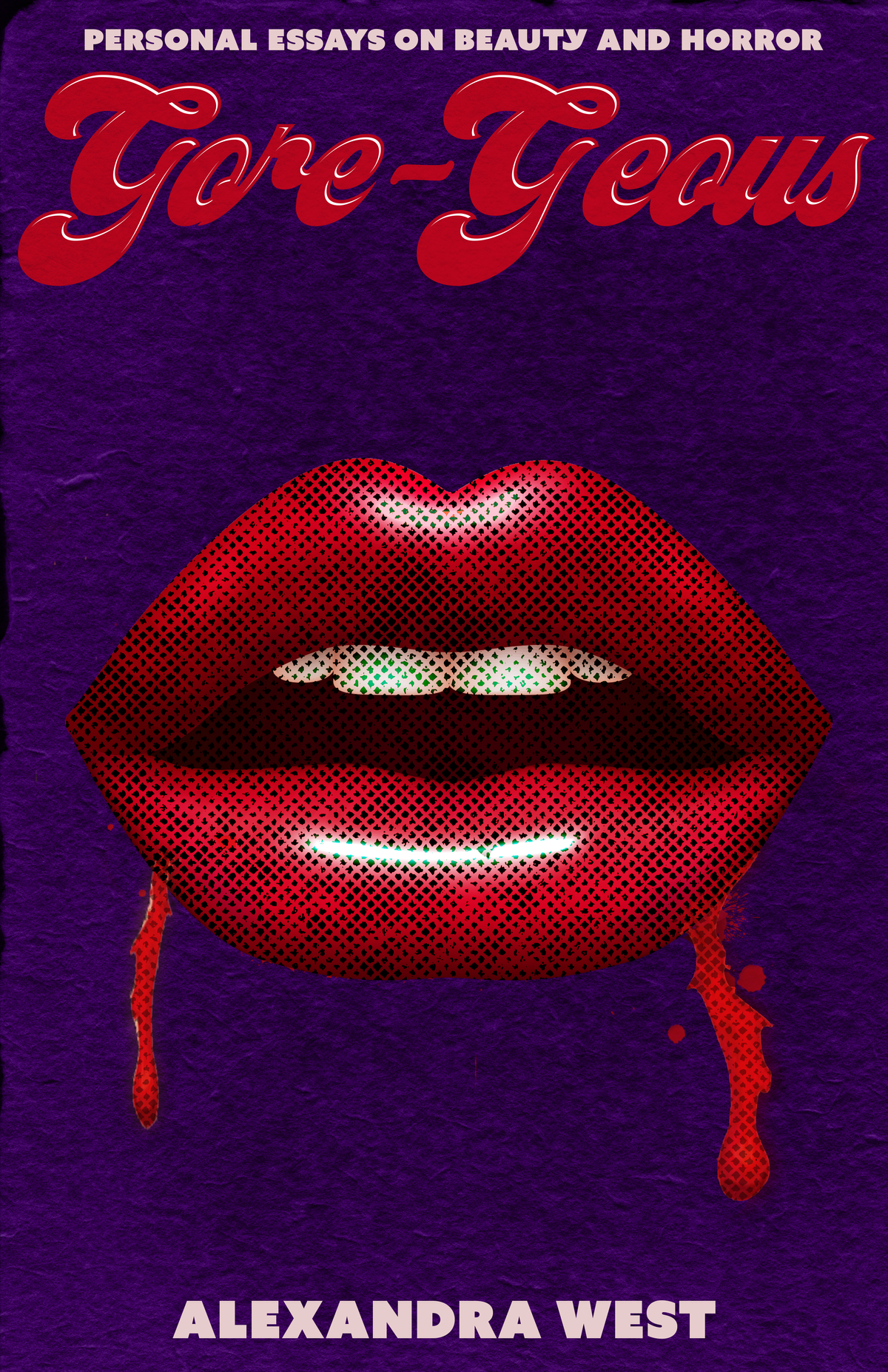
Your support makes this newsletter possible. Please consider paying the small sum of $55.75 for one year of Hell World.
It is objectively funny that Ronna McDaniel's tenure at NBC News is over after just five days but even funnier to me is that some of the most vocal opponents of her hiring in the first place were only 75-85% as evil Republicans like Chuck Todd, Nicolle Wallace, and Bill Kristol. Like street vendors beefing over a corner that they already staked out.
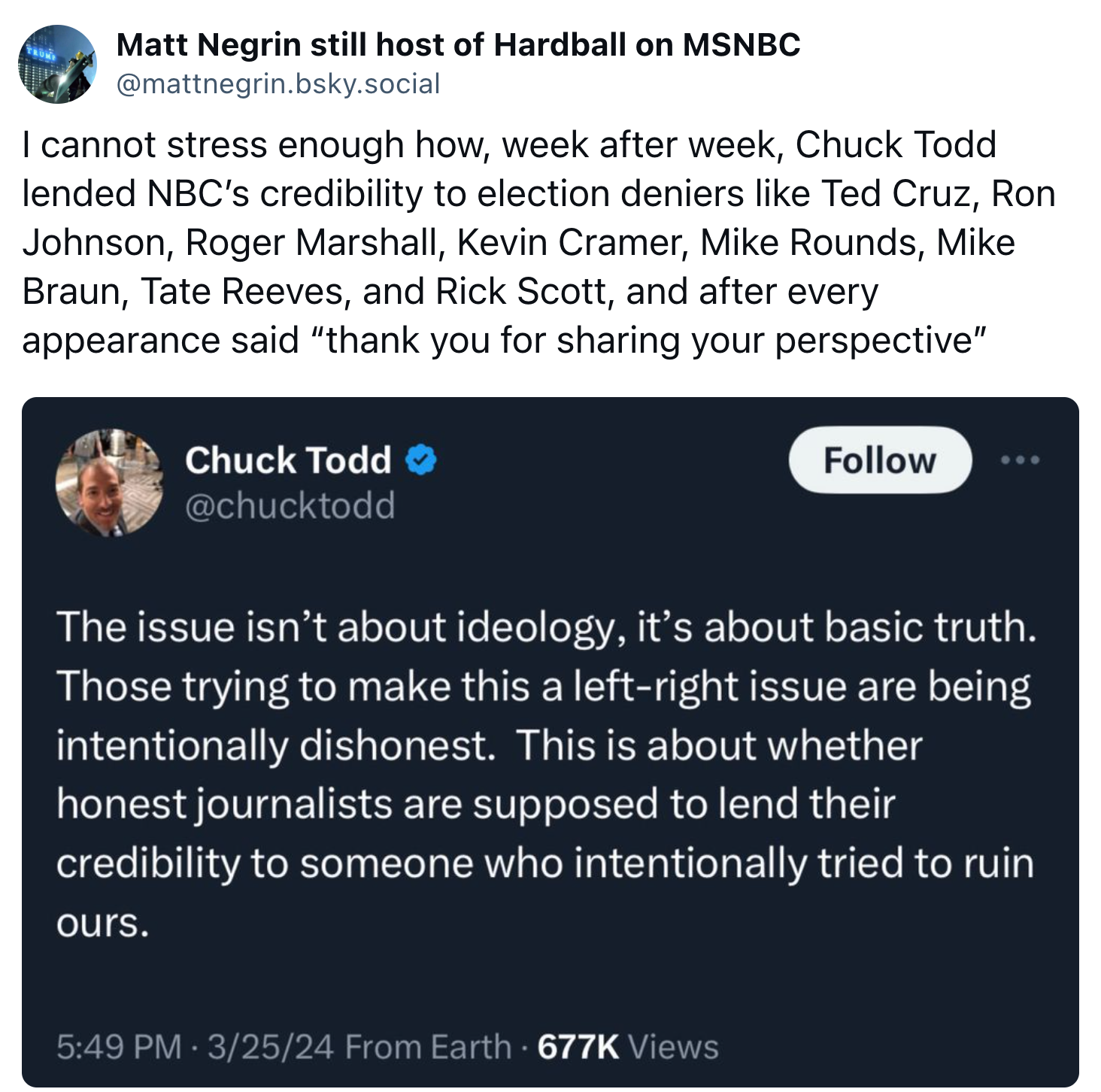
The entire thing is yet another example of how news networks and newspapers go out of their way to project "balance." No to achieve it mind you but to project it. But balance is and always has been a lie. It has nothing to do with "objectivity" – which none of these fucking places ever even approach either – and more to do with the performance of neutrality. A grim fucking pantomime of something that doesn't exist.
"'Balance' is something you pursue to signal that you are fair and objective, it is not actually a measure of objectivity," as Wesley Lowery noted the other day. "It is about marketing and perception."
Lowery and I had a great talk about this sort of shit a couple years ago.
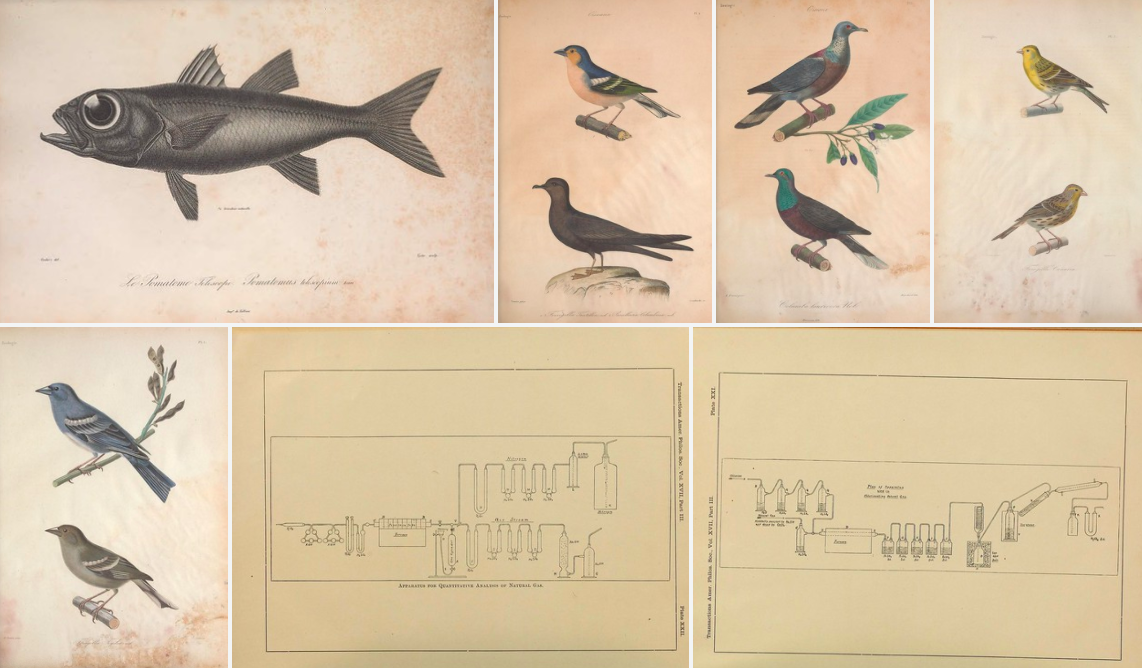
The first thing I said when I started this newsletter was that I promise not to hear both sides. Most stories are not gray. Life isn’t a prestige HBO drama. There are good guys and bad guys in every story. There are the powerful forces of capitalism, or the defenders of capitalism like the police on one side, and then there are those being ground up in the gears. I am much more concerned about the latter than the justifications for why the powerful people are hurting them. You couldn't walk into a newspaper for an interview and say that and get a job right
Sure, but what I think that misses is that in a newsrooms there's a need for all different types of people, including a need for someone like you. In the world where I’m running a newsroom... I do think part of the role of the mainstream press is to make powerful people and institutions be confronted by less powerful people. To pose to them hard questions. To ask the senator something they would otherwise not be asked. We are supposed to be an equalizer of power, and to bring ideas and perspectives into places where they otherwise would not be. In our society that means confronting Jeff Bezos about how he treats his workers. In a world in which someone walks in and says I want to stand up for the little guy, the idea that that would ban them from working in respectable journalism, to me, I think is kind of [crazy].
But look, I don’t think we have to change our conversations about rigor, about standards. I think all that stuff is really important.
I agree. When I say that I am 100% biased in my writing that doesn’t mean I’m going to lie or make things up. You don’t need to exaggerate the details of corruption or worker abuse or whatever because they’re already bad enough. There's no need for fabulism.
I think about this all the time. If a story is that stunning or insane you can write it with the calmest language. If the facts themselves are ridiculous you don’t have to write it up at all. You can just list the true things.
But don’t you also think you can present something horrific in a neutered language that drains the blood from it? Especially with the Times…
I certainly think that happens. Some of that is about pulling punches, not actually writing down the true things. But the way we do sourcing, the way we allow people sometimes to rebut allegations against them in the same sentences where we are saying what the allegation is... These are decisions that are made in the writing and editing process. It’s less about the individual reporter than the structure of how our journalism works. Fairness is important. You call everyone, you talk to them and hear what they say, but at the end of the day we have to write what we believe.
Speaking of neutrality or whatever at the Times check this shit out:

A new report from Media Matters and GLAAD finds that The New York Times excluded the perspectives of trans people from two-thirds of its stories about anti-trans legislation in the year following public criticism for its handling of the topic.
...
66% of the articles did not quote even one trans or gender-nonconforming person.
18% of the articles quoted misinformation from anti-trans activists without adequate fact-checking or additional context.
6 articles obscured the anti-trans background of sources, erasing histories of extremist rhetoric or actions.
Wow!
I wrote about the Times' coverage of trans issues here and here.
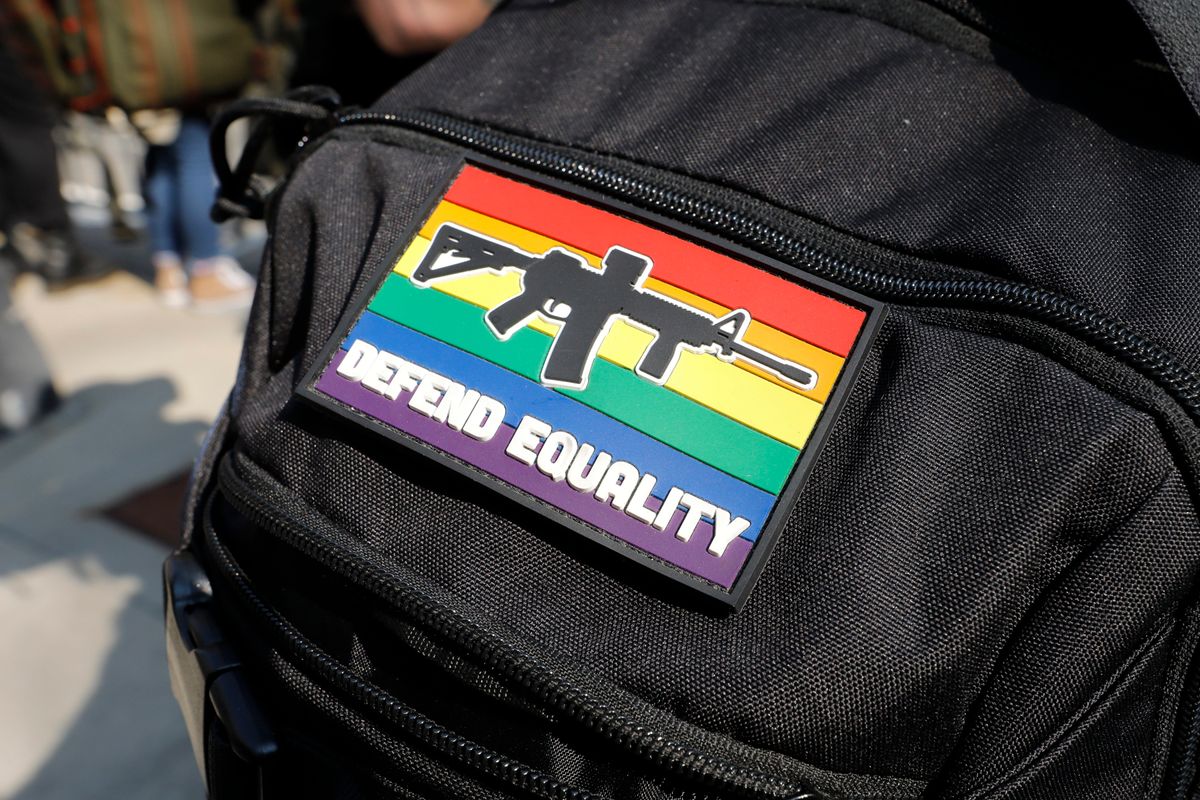
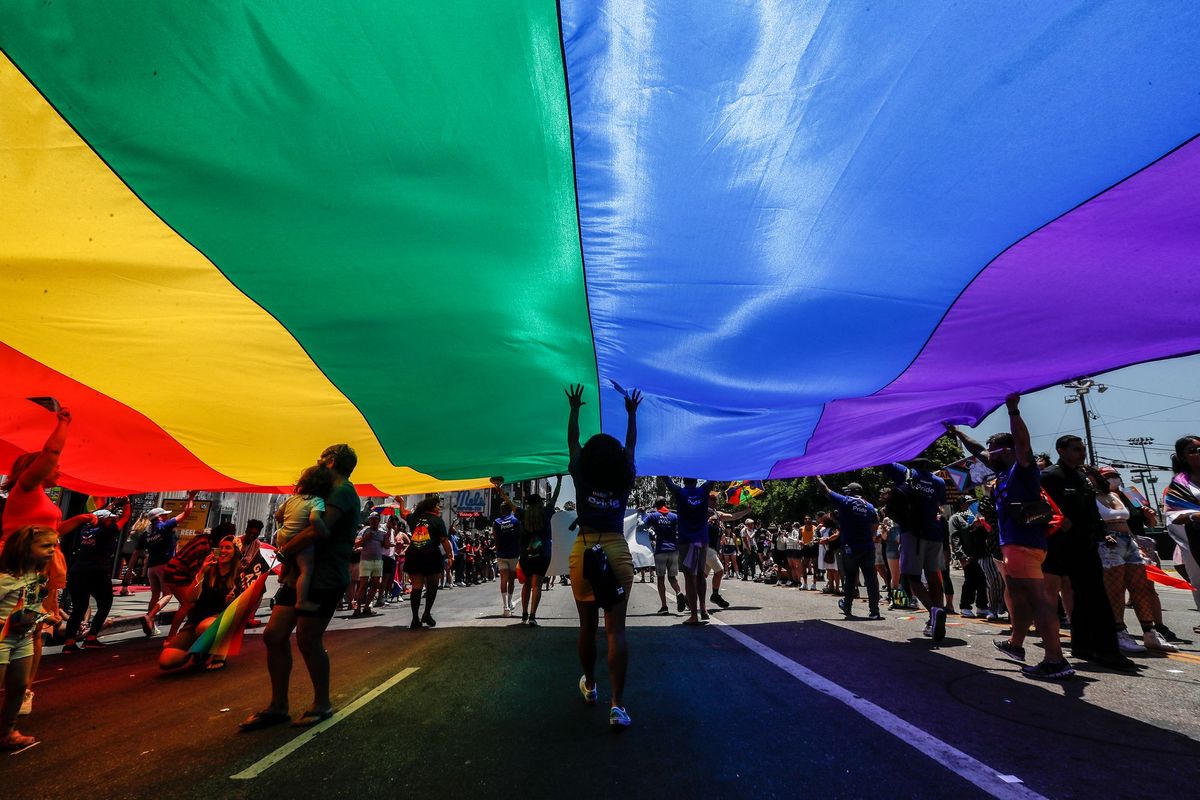
This fucking guy man I swear to god.
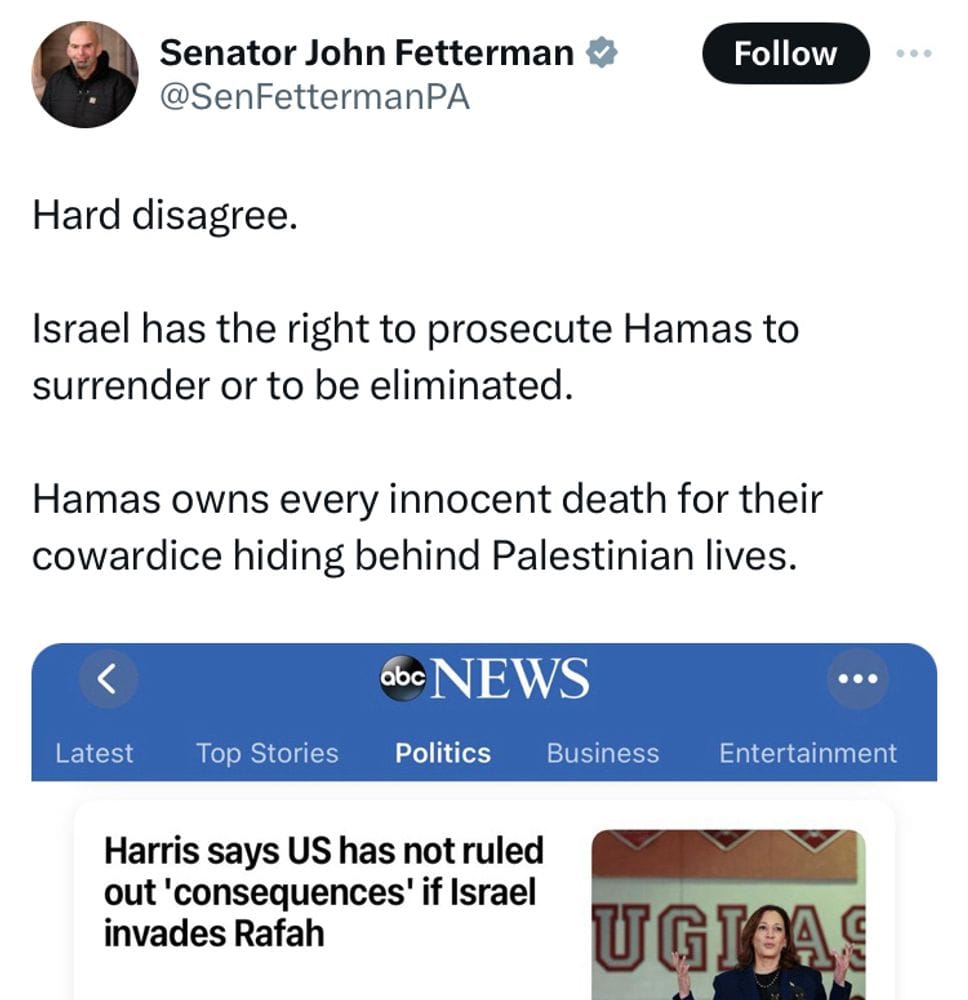
All the good work done over the years to reverse the stereotype that ogres are all mindless bloodthirsty monsters who eat children's bones for their supper and this one erases it in a couple of months.
I guess Hamas are the ones responsible for this sort of thing too eh big boy?
“This is the biggest cohort of pediatric amputees in history,” a reconstructive surgeon who specializes in pediatric trauma said, of the record number of children who have been injured in the war in Gaza. https://t.co/3CyjkzxGMp
— The New Yorker (@NewYorker) March 21, 2024
Oh by the way I took this piece from last week out from behind the paywall. It's a talk between Kim Kelly and Maha Shami of the band NØ MAN.
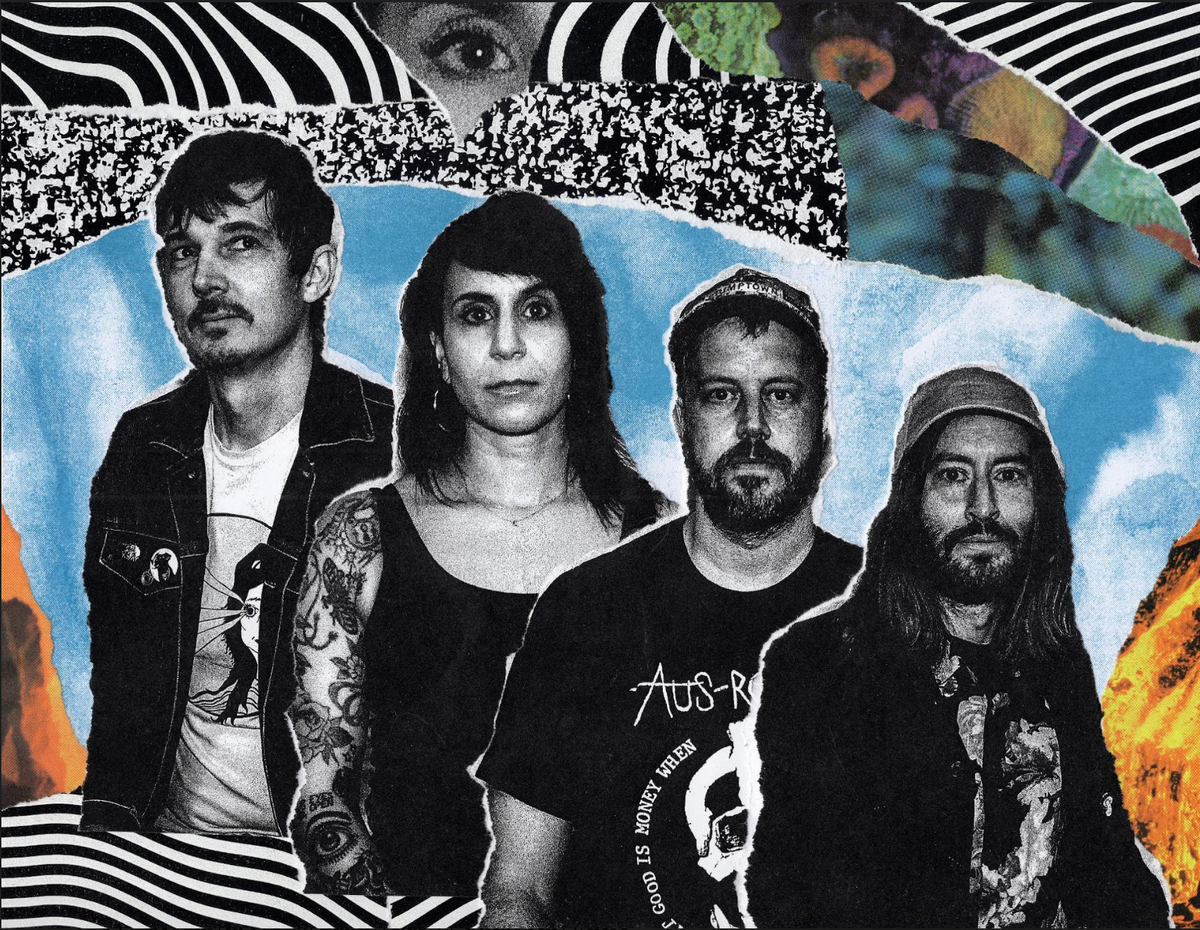
When was the most recent time you were able to visit Palestine, and what was it like for you and your family when you were there? Do you have loved ones in Gaza right now? How are they holding up?
My last visit in 2011 was distinct because I traveled with my partner Matthew for the first time and I was pregnant with Kami. When we arrived at Ben Gurion Airport in Tel Aviv, I was sent straight to an interrogation room and the authorities attempted to wave Matt through to arrivals. Of course, he stayed with me and witnessed the stories first-hand that I had shared over the years about racist ethnic profiling and intimidation tactics. On the other side of the cruel treatment at the airport, we reunited with loved ones in our village, went to weddings, ate rukab which is a classic Palestinian ice cream, and enjoyed food from the trees on land our family has lived off for several generations.
I traveled home to Palestine with my family throughout my childhood and it typically included multiple hour interrogations, strip searches, roads restricted to Palestinians, and several armed military checkpoints. This is all part of the standard treatment of Palestinians, including US citizens who are traveling back.
We do have loved ones in both the West Bank and Gaza and have sadly lost relatives since October. Like us, they’re mourning the lives lost and let down by corrupt governments and politicians allowing for this to continue. We try to remember the world is watching and people are adopting our cause in the name of humanity – at the highest cost.
Elsewhere please read this great piece of reporting from Cal Matters on the extraordinary number of deaths in California jails.

People are dying in custody at record rates across California. They’re dying in big jails and small jails, in red counties and blue counties, in rural holding cells and downtown mega-complexes. They’re dying from suicide, drug overdoses and the catch-all term natural causes.
The number of jail deaths is up even though the number of people in jail is down.
The state is aware. Reams of reports from oversight agencies have repeatedly pointed to problems in individual jails and the state board that oversees them.
Gov. Gavin Newsom pledged almost five years ago that the state would take a stronger hand to prevent deaths in the 57 jail systems run by California county sheriffs.
In every year since, more people have died in California jails than when Newsom made that pledge — hitting a high of 215 in 2022. Tulare, San Diego, Kern, Riverside and San Bernardino counties’ jails set records.
Not that I think people convicted of crimes should also then be sentenced to extrajudicial death inside but this part really stood out to me:
"A previous CalMatters investigation found that three-quarters of those held in county jails had not been convicted or sentenced, with many awaiting trial more than three years."
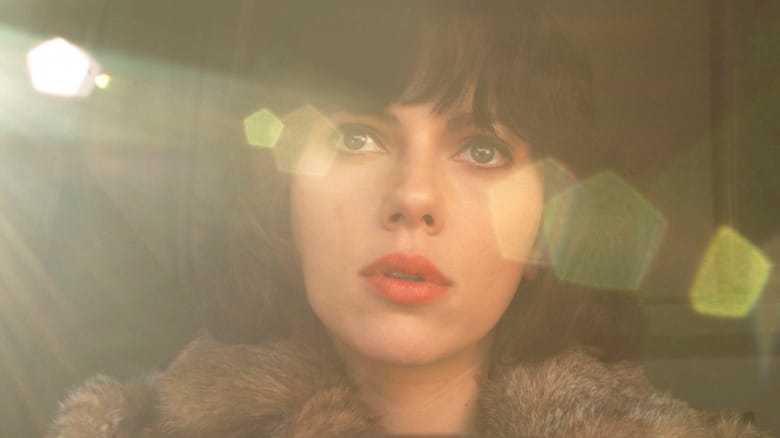
Now let's read about Jonathan Glazer's Under the Skin. Recently Corey Atad wrote for Hell World on the reception to Glazer's Oscar speech and Sean T. Collins wrote about the surveillance cinema in The Zone of Interest.
A beautiful woman with malicious intent
by Alexandra West
After writing two books focused on film analysis and theory I wanted to branch out and take a bigger writing swing. One of the benefits of doing the Faculty of Horror podcast for 10+ years is that listeners have gotten to know myself and my co-host Andrea Subissati. While we focus on horror film analysis that’s accessible and lively, parts of ourselves and our histories creep in. We use our experiences to explain where we’re coming from and what the films we discuss mean to us. As we’ve navigated the world of gaining and maintaining a platform, I’ve also felt the pressure of my physical appearance being weighed against me as people found out what I looked like and felt comfortable making assumptions about me. The issues of insecurity I struggled with from adolescence were becoming insurmountable the further I got into my career as the media I consumed aggravated that pressure. It is from that place of tension that Gore-Geous was born.
(Spoiler warnings for Under the Skin.)
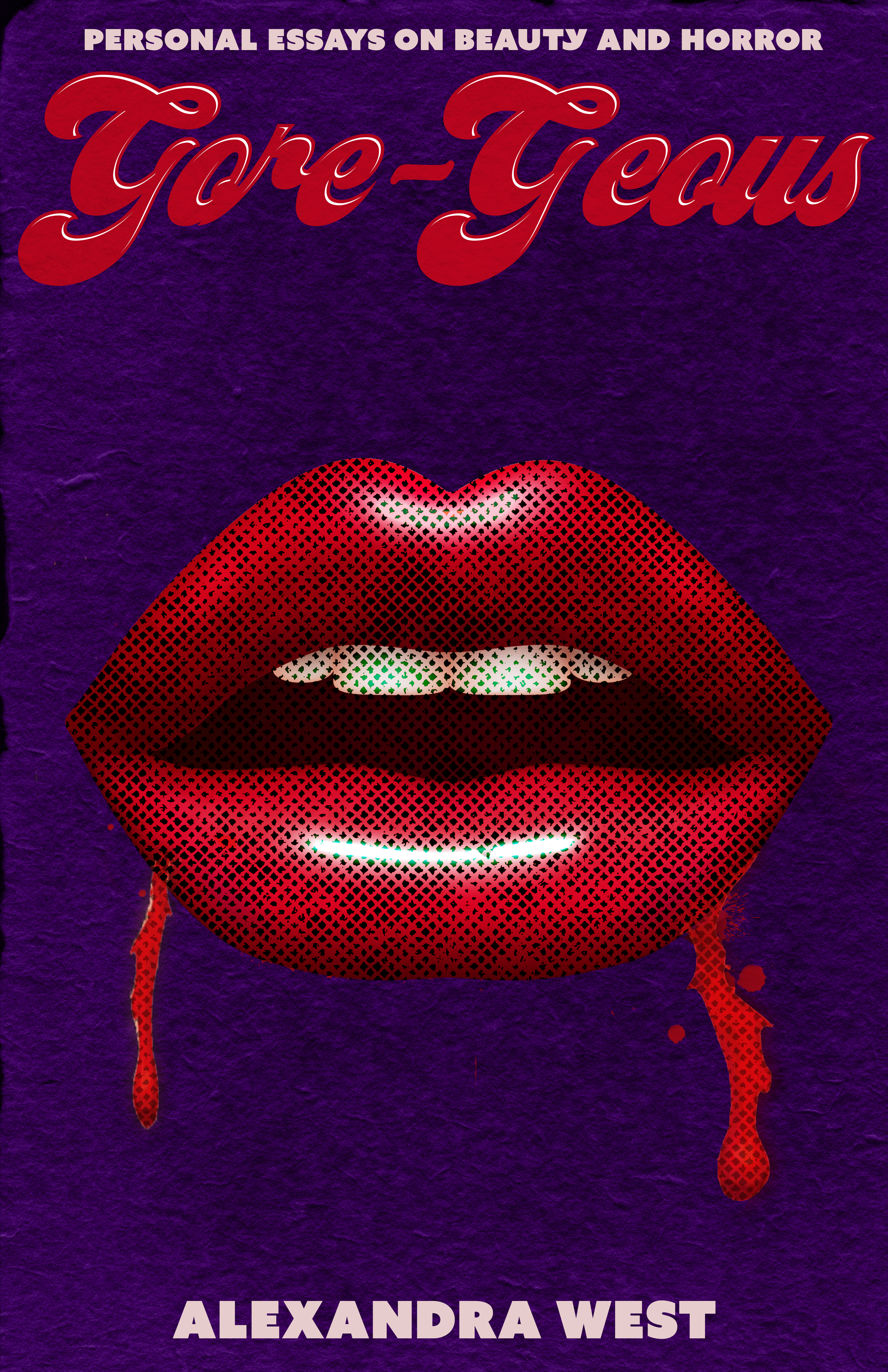
Lady Danger: The Sexy Women of Cat People (1942) and Under the Skin (2013)
When I first saw Under the Skin in theaters, I had what I can only describe as a slight chill for the next 48 hours. It’s an intentionally meandering, challenging, and confrontational film about our species. I like to rag on films where the big reveal is that “humans are the real monsters”—but holy shit, will this film ever make you believe that. Glazer’s film is both low-fi due to its many hidden camera sequences, yet also highly technical in ways that border on director Stanley Kubrick’s darkly glossy future aesthetic from 2001: A Space Odyssey (1968). All the sequences set in and around humanity feel like a well-made low budget arthouse film, while the alien sequences are unfamiliar and sleek, in line with a high-brow science-fiction movie. We rarely see these two contrasting worlds exist within the same film and when these two disparate styles meet in the final moments of the film, the result is uniquely nightmarish.
Around the time Under the Skin came out, the PR narrative was that the first third of this film was shot with hidden cameras and used non-actors who didn’t recognize Scarlet Johansson, who wears a short dark wig and speaks in something like a British accent as she attempts to pick them up. Even in a disguise, the press suggested, Johansson could easily convince unsuspecting men to get into a car with her due to her beauty and forthrightness. It’s a neat trick and one that serves the film well as an introduction.
The Female’s beauty and costumes are designed to elicit a reaction from us; we scoff at her appearance which, while still beautiful, is miles away from ScarJo’s expertly coiffed red-carpet appearances. On one-hand the film shows us that she’s involved in a nefarious plot while also being coded as someone violence could happen against because her clothes and style label her as “available.” Visually she is, to use a Britishism, tarty.
The Female is an alien with an unknown purpose, designed to be beautiful. She’s not a natural beauty; she wears visible make-up, tight jeans, high heels, and a push-up bra under a fake fur coat. The Female is designed to lure unsuspecting men to a strange house where they are consumed by a gooey pool of darkness for unknown purposes.
The visual metaphors at play within the film are never more prominent than when The Female lures a few of the men she picks up back to the dilapidated house. As they disrobe, the men show clear signs of arousal as they become submerged in a pool of black goo and remain in stasis until their insides are (awesomely) sucked out.
Physicality is important to the film and to The Female’s self-awareness. The first moment where The Female breaks from her mission takes place when she picks up the character credited as The Deformed Man (Adam Pearson, an actor who has neurofibromatosis). His openness with her seems to soften The Female, and she rethinks her role in the operation. Perhaps she too recognizes the bizarre emphasis placed on appearances used to conceal true intent, something the film hints at in its opening moments as The Female disrobes a corpse that looks a lot like her with a tear running down its cheek. The Female is simply another form created in a long line of beautiful women who are eventually destroyed.
The Female does this job for a while but begins to soften towards humans and seems to want to be part of their world. She breaks free from the luring-men-to-their-death grift and makes a run for it where she meets a kind man (Michael Moreland) whom she stays with briefly. They try to have sex but given that her body is just a shell they are unable to consummate. She retreats to the Scottish Highlands and encounters a logger (Dave Acton) who begins to follow her. He attempts to rape her but is unable to do so. In the attack her skin breaks, revealing her alien body underneath, which prompts the logger to burn her alive.
Under the Skin is a film that feels incredibly original, but it contains visions that are hauntingly familiar. We marvel at how the film twists and turns throughout The Female’s journey at first feeling for her victims and then for her. We come to understand that despite how futuristic the film may posit itself as, it’s telling a story we’re all familiar with—a woman being murdered by a man when he is denied what he wants. The final moments of the film with the smoke billowing up amongst the trees is reminiscent of the witch burnings in Europe. The tale of an interloper with villainous intent preying on an unsuspecting population is a story that has been told time and again both in fiction and in propaganda. A beautiful woman with malicious intent, as we have already discussed, is nothing new.
Scarlett Johansson (who does some of her best work in this film) has long been recognized as a solid actor but also as a desirable body. We have been asked to look at her repeatedly, often in appreciation of said body. A few months before Under the Skin was released, Johansson was named Esquire’s Sexiest Woman Alive for the second time. In the accompanying article, writer Tom Chiarella describes their encounter thusly:
And I didn’t look at her ass. I don’t know that she wanted me to. Probably not. Surely not.…Her voice is a raspy frequency in the air. Legitimately as pertinent and defining a component of her physical makeup as her lips, her cheekbones, her legs.
Chiarella, it seems, is unable to see Johansson as a complete person. He only sees the actor as the body parts he would like access to. This is an on-going narrative surrounding Johansson since the opening, sheer-pantie’d moments of Lost in Translation (2003). Ten years later in Under the Skin, Glazer and Johansson are hell-bent in unraveling this narrative of bodies, autonomy and the creation of sexually charged desire.
Within Under the Skin, we experience a sort of dissonance between her sexualized body that we’re used to which asks: what is expected of that body, what’s done to that body, and what’s literally under the skin of that body within the film? It parallels the rarified space celebrities and attractive women occupy under the male gaze, one of titillation and then of fear. The Female exists within a structure, the same structure which has burned through several bodies just like hers. She starts as a terrifying cog in an alien machine who is unable to fill the role normally prescribed to women, so she is violently attacked. Under the Skin is an exploration of these themes we have been grappling with for a long time. Glazer’s film blends science-fiction, horror, and celebrity culture, with the ultimate question: what is identity and how changeable are our perceptions of it?
Alexandra West is the author of Films of the New French Extremity: Visceral Horror and National Identity and The 1990s Teen Horror Cycle: Final Girls and a New Hollywood Formula. She has written for Rue Morgue, Art of the Title, The Toronto Star and Offscreen Film Journal among others. She has co-hosted the Faculty of Horror podcast with Andrea Subissati since 2012.
Hi it's Luke again. I've plugged this piece from A Creature Wanting Form a few times already but since we're talking about Under the Skin today it seemed relevant.
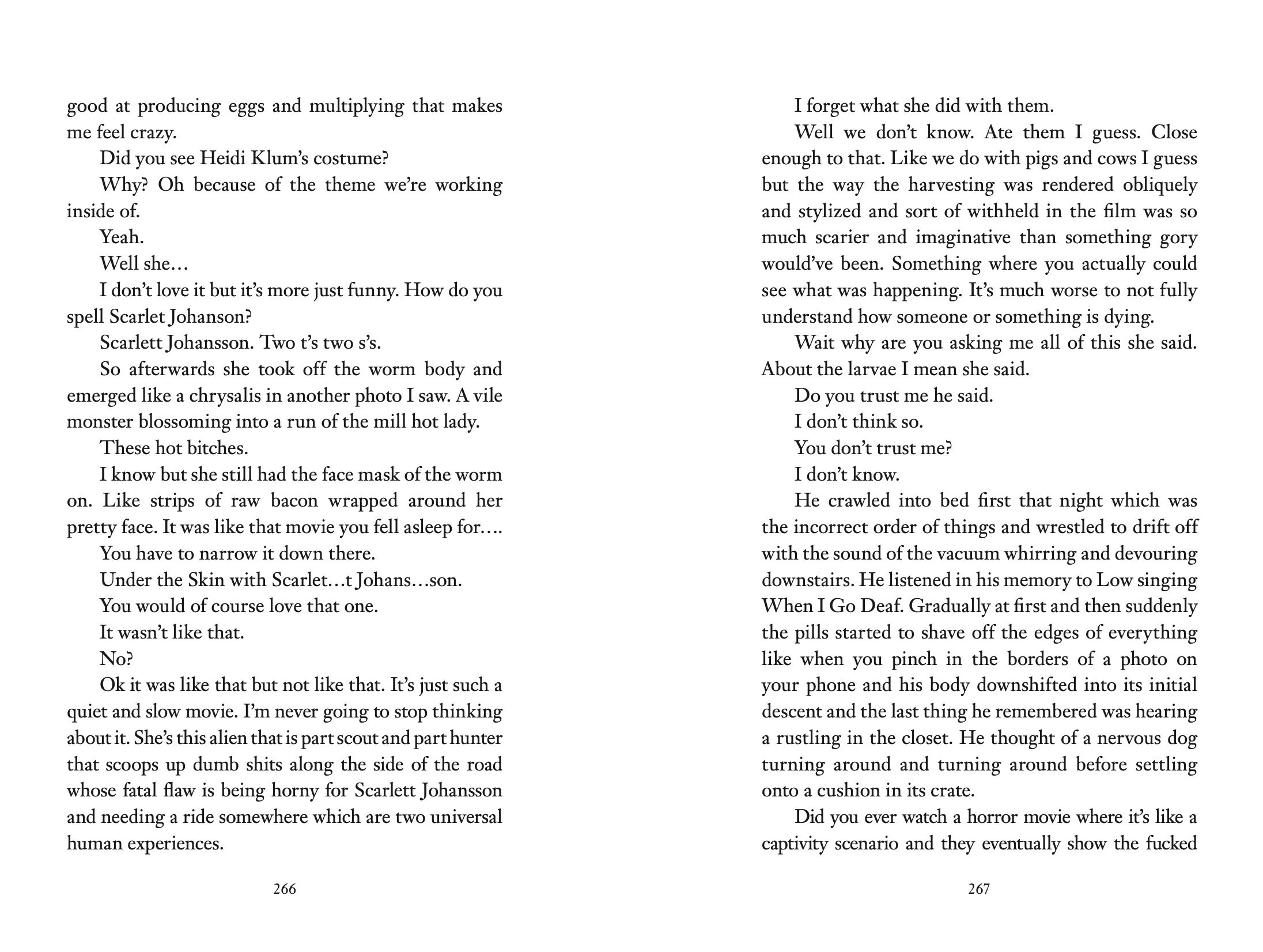
You can read the whole story here if you like.
That's all for now. GOODBYE.
Here's a new song I like for the road.
